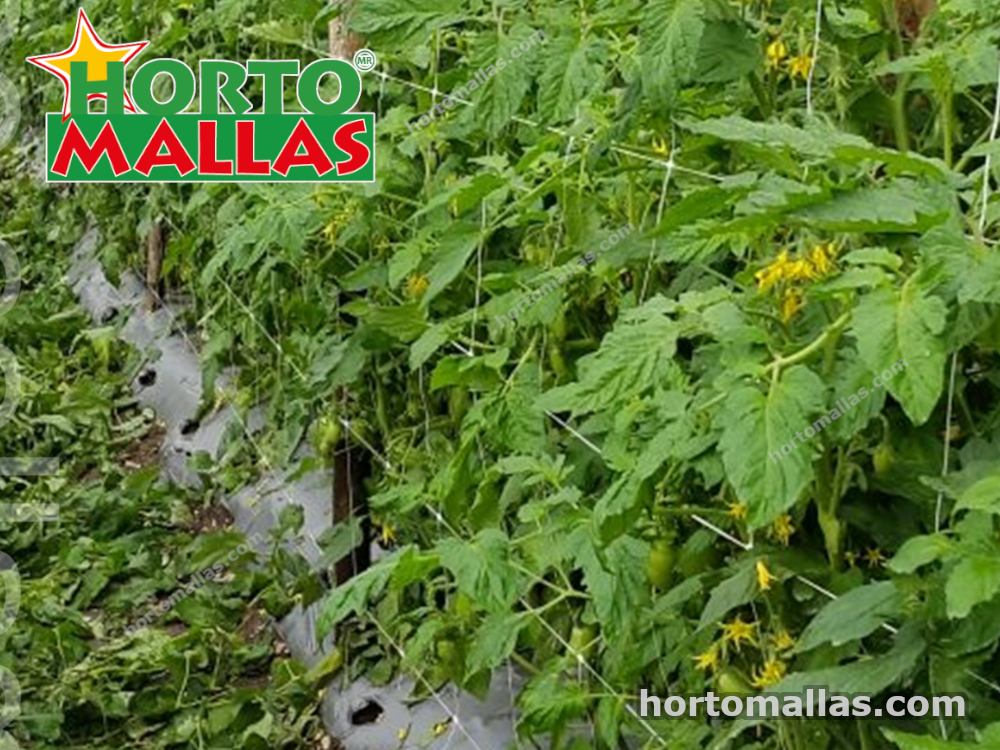Keep your Crops Healthy and Clean with Trellis for Beans
Growing plants vertically is a very popular way of farming or gardening in small spaces. This system provides attractive features for vegetable and fruit gardens, not to mention a very effective space-saver method. Climbing beans (particularly pole beans) and peas are considered to be the most productive vegetables to grow. Providing strong and dependable support for such plants is a very important part of the whole process. When seedlings are beginning to emerge, they are small, and it is possible to think that they would not need much support. Eventually though, as the vines start winding their way going up, the plants will require supporting structure for the thickening pods and leaves. This is where using trellis for beans come in. It is important to keep in mind that the trellis to be used need to be solid and strong, enough to be able to take the growing weight of the plants and to withstand the winds and other elements.

Different Types of Trellis
There are several types of trellis supports available in the market today. It is also quite easy to build your own. Your choice should be based on your personal preferences, budget, time on your hands and the materials you want to use. If you are growing your beans for your ornamental garden, it would be ideal to consider both vertical support and aesthetic aspect of your trellis. If budget is a little tight, and you are growing your vegetables for more practical reasons (putting fresh food on the table or selling them for profit), then your best option is to find the most affordable trellis system or design and construct your own using the materials available. If you need some inspirations, you can check out some community gardens that use recycled materials for growing vegetables and fruits.
Common Materials for Making Trellis for Beans
One of the first things that you need to put into consideration before constructing your trellis for beans is the materials that you need. The following are some of the most common options:
- Bamboo Canes: Bamboo is considered a good choice because it can last for many years, weathering resistant and it is ideally straight to certain lengths. One of the downside of using bamboo is that it can be a bit expensive. If you can grow them though, then you will have a great supply of trellising materials for many years to come. Bamboo can also be used for other gardening systems like plant stakes and support for bird or pigeon control.
- Hazel Wood: Trellises made of hazel rods are considered one of the most flexible and strongest options. They are also attractive, thus ideal for ornamental gardens.
- Tress Branches: Using branches from different trees is one way to economize your trellis construction project. However, it is important to take note that such options can be less flexible and straight, as well as harder to attach together to form strong structures.
- Wire: Any type of commercially-available wire fencing is usable for providing support for your climbing plants; just make sure that it is durable enough. One advantage of using wire for trellising is that it can be an effective semi-permanent structure that you can easily move around your garden depending on the weather or season. Wire fencing for trellis support is also best combined with tough and strong wood or metal poles.
- Recycled Building Materials: As mentioned above, recycled materials can be sued for making trellises. This is the way most community gardens go. They use left-over or scrap building materials like steel rebar and spare timber.
- Netting: There are several netting types and most of them will do. Just keep in mind that nettings with smaller holes may be more difficult to use because it would be hard to remove dead stems. Bean and pea netting with large weave (five inches or 12.5 cm) are ideal.
- Garden Twine: Alternatively, strings or garden twines are also good options. Just make sure that they are tied firmly and will not disintegrate during bad weather.
Building the Trellis Supports
The following are the most common trellis structure types:
Double row: This is the most basic and classic structure for planting beans in two rows.
Wigwam: This structure offers an attractive trellising system in the garden.
Arch: This is another beautiful design and is the best trellis for flowering crops. It can also be a bit costly though. Steel arches are widely available in most gardening supplier shops.
Fence or Wall: Climbing crops need fence or wall for winding tendrils around. It is best if the fence or the wall is located in the part of the garden where they can get four to give hours of daily sunlight.
Advantages of Trellising
Generally, trellising allows for several benefits to be enjoyed by both the gardeners and the crops. Farmers or gardeners with little garden spaces find that using trellis provides them with an ideal system for growing different crops all year round. Trellises are space saving structures that allow the plants to grown vertically. Aside from beans, this system is also great for growing other crops like cucumbers, peas and other climbing vegetables.
For the gardeners, being able to easily harvest is one of the main advantages of using trellis for beans. Watering the crops is also an easy task if you are growing your crops up. Fertilizer application and pruning are also easy tasks with trellising systems. For your vegetables and fruits, growing up means they are prevented from touching the ground. Therefore, they are growing healthy and free from diseases that are usually caused by rotting prior to harvesting. Plants are also more exposed too much needed sunlight when they are vertically growing. Lastly, using trellis prevents insects and other plant pests from attacking your vegetables and fruits.